Scoop Images: 'Struan's War'
New Book From Ngaio Press: 'Struan's War'
The World War II images and experiences of New Zealand Division gunner Struan MacGibbon are revealed in a new book and photo exhibition.
Mr MacGibbon, who died ten years ago, was a pre-war member of the Dunedin Photographic Society and a founding member of the Alexandra Photographic Society, in the 1960s. His post-war images of Central Otago were exhibited and widely published.
Less known are the hundreds of photographs he took while serving in the Middle East and North Africa. Wellington author John MacGibbon, Struan's nephew, has digitally restored many of these photographs for his new book, Struan's War.
Published by Ngaio Press, the large format book displays 168 photographs and includes full transcripts of extensive daily diaries kept (against orders) by Struan MacGibbon during his Middle East war service. It also includes an introductory essay and detailed map of the region during the war period. The book retails for $44-95.
This is John MacGibbon's second published book. The first, in 1997, was Going Abroad, a well-reviewed and strong selling account of early Scottish emigration to Otago and Southland and the settler experience.
Struan's War has its own website at http://www.actrix.gen.nz/users/ngaiopress/struan.htm
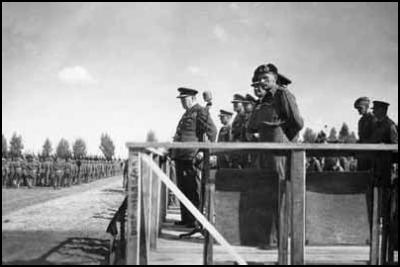
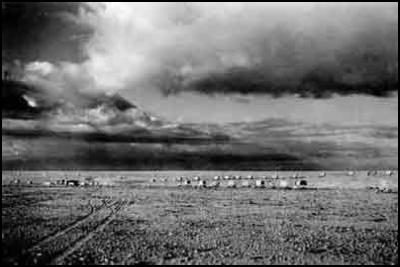
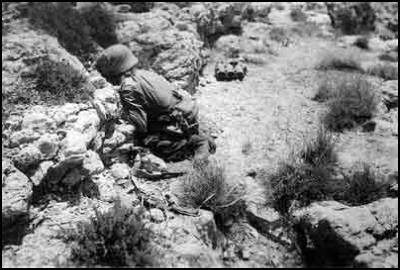

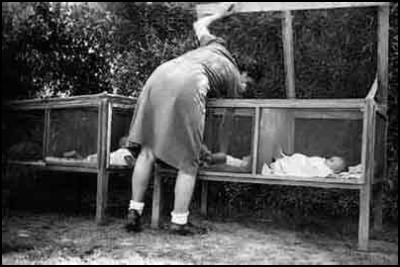
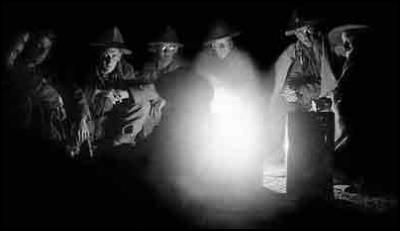
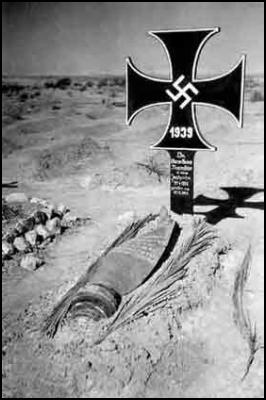
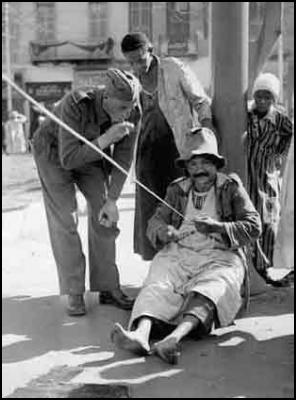

An exhibition of Struan MacGibbon's photographs has been curated by the New Zealand Centre for Photography, and will be held at the New Zealand Portrait Gallery, Wellington, between 23 April and 1 June. The collection includes war scenes, but also explores social, recreational and tourist aspects of soldiering in the Middle East.
Centre director, David Langman, describes the collection as "a fine, cohesive body of work."
Review by Bill Main in the NZ
Journal of Photography, April 2001
Struan MacGibbon & WW II.
There was a time when I all but gave up on finding pictures that reflected individuals and their feelings in any of our national collections featuring our New Zealand forces in the various theatres of World War 1939-1945, which abbreviated is WW II.
Then I discovered a collection just down the road from where I lived. These were snapshots taken by Len Hutchins, a soldier who was attached to the engineers unit and recorded his activities in the Middle East and Italy. If nothing else, his pictures (snapshots) seemed to care little for the directive which was issued to our troops forbidding cameras in war zones! Despite their inconsistencies, both technically and subject wise, Len's pictures displayed a very humanistic side to the way soldiers made the best of what they had to contend with in the extremities which greeted our troops in the desert and the subsequent slow haul up the boot of Italy. Altogether they depicted a very different version from what was on file in the Turnbull Library which had been extracted from the official War Department records. In an attempt to bridge the incredulity gap, I invited Les Cleveland to come to my gallery in Ghuznee Street, which was called Exposures, to interpret their meaning to a handful of dedicated followers of photography.
That more or less saw me close the book on this special aspect of our pictorial heritage, accepting somewhat philosophically, that nothing further existed to eclipse what was available. Then a few weeks ago I was informed that Struan MacGibbon's War was about to be published!
What makes this collection climb to the top of the tree? For a start, Struan MacGibbon had a very good grounding on what made a photograph tick. While he was stationed in the Middle East he supplied other Kiwi soldiers with prints from his camera which they sent back home to friends and relations. The quality of his work was such that he was made a semi-official photographer for his unit. This gave him access to some functions like that when New Zealand troops were paraded in front of Winston Churchill and General Montgomery.
More importantly, he wrote about his experiences in great detail. These somehow managed to get back to New Zealand where they joined the prints he'd sent his sister, who mounted them into albums which the family treasured. Enter John MacGibbon, the editor and producer of this publication. He took MacGibbon's snaps and carefully enhanced them on his computer, removing blemishes like scratches to the negative and dust spots which abounded in the sandy atmosphere of the Egyptian/ Tunisian campaign. They look absolutely ravishing, worthy of any award that might have come out of the Dunedin Photographic Society, a situation which surely must make Struan MacGibbon happy in heaven!
This book is a labour of love and a highly successful attempt to portray the man and his feelings with his own pictures and words. It also fills an important gap in our cultural heritage. As such, I cannot recommend it too highly.
Struan MacGibbon (1910-1991), grew up in Mataura and after matriculating from Gore High School, began a lifelong career with the Bank of New Zealand. Taking up photography as a hobby, he joined the Dunedin Photographic Society. The camera he took to war was a folding Welta 6x9cm plate model, originally produced in 1934. The camera had an extra back which took 120 roll film.
As with keeping diaries, photography by ordinary soldiers was not permitted, though this rule was often honoured in the breach. Being an artillery soldier with a truck, he was more able to carry photographic equipment in the field than many soldiers, particularly those in the infantry. Though he frequently set out to take 'good' photographs, often there was only time for quick grab-shots, of varying quality. He periodically posted photographs home, and by using the camera's self-timing shutter release or getting someone else to use his camera, he included himself in many shots to show he was still 'OK'. He captioned every print, and his captions have been retained, 'Wogs' and all! (The term was universally used by Kiwi troops, not usually in a derogatory sense.)
During a long spell at Maadi Camp before moving to Italy, Struan was an active committee member of the Maadi Camera Club, which met in Lowry Hut on Tuesday evenings. Members had technical sessions and lectures, watched cine films, went on photographic outings and produced enlargements for an exhibition. (in 1946, when Maadi Camp was finally closed down, surplus funds from the camera club were repatriated and invested in the Maadi Cup, a challenge cup still competed for by photographic societies,)
The 168 photographs in Struan's War were selected from over 300 contact prints stuck in albums.
Bill Main


 NZ Amateur Sport Association: 22 Amendments Proposed For 2022 Act Lodged On 22 November
NZ Amateur Sport Association: 22 Amendments Proposed For 2022 Act Lodged On 22 November Auckland University of Technology: Reading Helps Children Face A Difficult Future
Auckland University of Technology: Reading Helps Children Face A Difficult Future PATHA: Puberty Blocker Evidence Brief Affirms Aotearoa’s Approach
PATHA: Puberty Blocker Evidence Brief Affirms Aotearoa’s Approach Tataki Auckland Unlimited: Into Ocean & Ice - Unveiling Antarctica's Past And Present
Tataki Auckland Unlimited: Into Ocean & Ice - Unveiling Antarctica's Past And Present Health Coalition Aotearoa: Urgent Action Needed To Address Aotearoa’s Shameful Household Food Insecurity
Health Coalition Aotearoa: Urgent Action Needed To Address Aotearoa’s Shameful Household Food Insecurity GPNZ: 2023/24 New Zealand Health Survey - One Quarter Of Kiwi Adults Unable To Access General Practice
GPNZ: 2023/24 New Zealand Health Survey - One Quarter Of Kiwi Adults Unable To Access General Practice